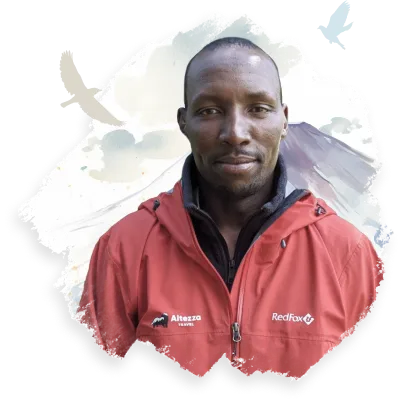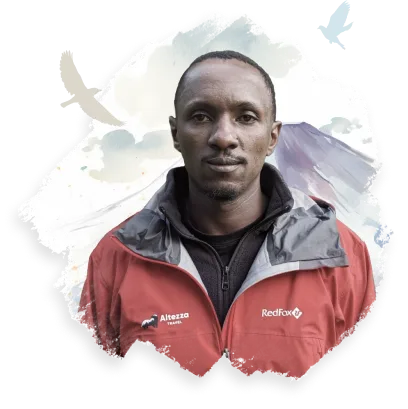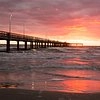
Kilimanjaro Guides and Porters at Altezza Travel
Kilimanjaro Guides & Porters
Kilimanjaro guides, porters and other crew make up an essential part of a true Kilimanjaro experience. One of the most renowned mountaineers of the 20th century, Peter Boardman gave an apt description of guiding brethren:
Their lives are linked by a love and profession to the mountains, and their company will enhance the experience of all those who wish to approach the mountains and learn.
This is very true here in Kilimanjaro - the guides’ job is not just to make it possible for you to reach the mountain peak safe and sound, but also to make sure that the days that you’ll spend on these slopes are amusing and memorable. And it’s not simply a job - it is a lifestyle and, in some ways, an outlook. It makes the Kilimanjaro guides quite different from those found on the slopes of other popular mountaineering destinations.
We have many clients who climbed Mt Kilimanjaro ten or more years ago. Most of them don’t remember the names of routes, camps, or how the landscape looked, but all of them remember the names of their guides. The Kilimanjaro team leaders always leave a special imprint on climbers, and their skills largely determine if the climb will be successful or not.
Therefore, when selecting your Kilimanjaro adventure, choosing your guide is the first and foremost decision to make.
Choosing the best Kilimanjaro guides
The best Kilimanjaro porters and guides as well as other mountain crew members work for Altezza Travel. So far, the Kilimanjaro team of our company has the following:
- 27 hand-picked lead guides, who are supported by 60 committed assistant guides and over 1200 porters.
- Our guides have over 50 years of combined dynamic work experience in leading climbers to the top of Kilimanjaro. We can confidently say that they know every nook and cranny of Kilimanjaro and are well-prepared to respond to any emergency.
- Over 11 000 people reached the summit of Mt Kilimanjaro in over 3500 expeditions led by our guiding crews.
- All of our guides speak English confidently.
Why do the best Kilimanjaro guides work for Altezza Travel?
We attract the best talents on Kilimanjaro. In return for their commitment and skills, we offer our guides the following:
- Above-the-market salary package. We have lucrative salaries, which is one of the main reasons why the best guides work for us. Altezza Travel hires both fresh graduates and seasoned climbing professionals. And we are the only company in Kilimanjaro to accept applications through the special web service.
- Regular climbs. Each lead guide at Altezza Travel makes 24-35 climbs per year, frequent climbs mean that they remain experts on trekking Kilimanjaro.
- Participation in media projects on Kilimanjaro. Our media projects on Kilimanjaro, such the first wingsuit BASE-jump on Kilimanjaro (in cooperation with Red Bull), would have been impossible without our guides, and they are well aware that employment with us means a great chance to be featured in the international media.
- Biannual professional training workshops. Every April and November all our guides attend a mandatory training workshop. We invite the best international guides to share their experience and secrets with our team leaders; this training makes our lead guides truly exceptional.
- Medical insurance. Medical insurance has always been a part of our employment packages for all employees. Each guide is aware that in case any ill befalls him during the expedition, his family will be supported.
- Post-guiding careers. After reaching the age of retirement, the most dedicated guides are invited to join our office as mentors to share their skills and invaluable experience with the new cohort of team leaders.
Must-have Skills of the Kilimanjaro Guides
Each and every Kilimanjaro guide should have deep knowledge in a number of things. Briefly, their competencies may be put into two distinct groups. The first type, so-called “soft” skills, are needed to make the experience enjoyable, amusing and memorable for you and for the crew. The second, “hard” skills - are needed to handle the practical needs of the expedition, such as camp management, crew composition, path finding, emergency response and others.
“Soft” skills
- Rapport and communication - often overlooked, these skills are one of the most essential to make your Kilimanjaro experience a lifetime memory. Kilimanjaro trekkers arrive from various countries and have different social backgrounds. While some are talkative and sociable, others may be more reticent and introverted. The first minutes together are enough for our guides to understand what type of a person they are taking to the peak of Kilimanjaro, and they will adapt their behavior accordingly. You will never find them obtrusive or boring.
- Leadership and encouragement - a head guide of a Kilimanjaro expedition is not just showing the way to the summit, he actually leads the expedition. In practice that means he is making sure that the hikers do not lose their motivation while moving closer to their goal. Summit night is often a challenge, and the guide’s task is to reinvigorate climbers, to encourage them and boost their stamina.
- Teamwork and crew management - though most of the time you will be in contact with the guide, one should always remember that safety and success on a Kilimanjaro expedition is a result of a collaborative effort of many people: guide’s assistants, camp masters, cooks and porters. A professional guide is responsible to make sure that there is cohesion and cooperation in his team at all times.
- Good English-speaking skills - while any tourism professional working with the international clients is expected to be proficient in English, in practicality finding a mountain guide with proficient English is quite a task. All of our guides are fluent in English and able to communicate easily with clients.
“Hard” skills
- Medical training and first-aid in the high altitudes. A guide’s first priority and utmost responsibility is the safety of every client. All of our guides are trained in both basic first-aid, but also have wilderness first-responder certificates, and have training in high altitude safety.
- Preserve life - a guide should do everything which is required to make sure an injured person survives until full medical aid is available.
- Relieve pain - a competent mountain professional should be capable of minimizing pain (both physical and emotional) of a sick client.
- Prevent harm - everything should be done skilfully to ensure that the condition of an injured person does not get worse and the possibility of full recovery is preserved.
Major accidents are relatively rare on Kilimanjaro - only recorded once in a decade on certain parts of the mountain. A more important and common concern is acute altitude sickness or AMS. This is concern for climbers on any mountain of significant altitude and Kilimanjaro is no exception. A skilled guide should be capable of diagnosing this sickness at the very earliest stages, treat it to minimize long-lasting impacts, and organize evacuation if necessary.
- Rescue & Evacuation operations. In case an emergency happens, a Kilimanjaro guide should be able to organize safe and fast evacuation of a sick person to a medical facility. In practice, it means that a guide should be able to: (a) get in contact with a helicopter rescue service; (b) comprehensively explain the location to the pilot and the concerns to a ground medical team; (c) prepare a sick person for transportation and prevent any further harm. When helicopter evacuation is not necessary, the guide should be able to organize manual transportation on a special stretcher.
- Mountain topography knowledge. Professional Mount Kilimanjaro guides should know every nook and cranny of the Mountain. If for some reason the hiking team has to get off the established trail (e.g. in case of heavy rain), the guide should choose the shortest and safest way to the nearest camp or down to the exit. Some of our guides worked on the Mt Kilimanjaro rescue team and know how to get to certain destinations in a fast manner.
- Strong flora and fauna knowledge. We believe that your Kilimanjaro adventure should not be just safe and successful - it should also be insightful and entertaining. After all, Kilimanjaro has a unique ecosystem, with some plants to be found nowhere else on the globe. With some luck, you have a chance to spot some wildlife on the trail. A skilled guide should be capable of telling you more about the vegetation and the animals of Kilimanjaro in an easy-going, yet interesting manner.
Kilimanjaro Guided Climb: All you need to know
It is the guiding and the crew support that make Kilimanjaro climbing adventures fundamentally different from the other hikes on other popular mountaineering destinations. Many climbers say that the most memorable they have ever had was here in Kilimanjaro, and when asked why, always reply “because of the guides and high service level”.
So, this what makes a Kilimanjaro guide different from the other popular climbs:
- It is a comfortable adventure - all preparations and camping arrangements are made by the crew. On the other popular hikes the participants often have to do some camp chores, i.e. to carry the tents, pitch the tents or cook the meals. On Mt Kilimanjaro, however, the crew will take care of everything. Well-trained porters will be carrying both the camping equipment and the hikers’ gear. Special mountain cooks will take over the kitchen, while the camp masters will have the camp deployed timely and professionally. Basically, the hikers’ responsibility is to actually hike and enjoy the views of Kilimanjaro around them.
- Safety is the focus. Mt Kilimanjaro guiding teams receive extensive training in outdoor medicine, emergency management and rescue & evacuation. The main stakeholders of hiking tourism - Kilimanjaro National Park Authority (KINAPA) and Kilimanjaro Guides Association - seek to protect the image of Kilimanjaro as one of the safest high-altitude trekking destinations in the world. That is why anyone aiming to be a guide has to pass a number of rigorous tests first to demonstrate that he is capable of taking care of hikers.
- Trekkers are not allowed into the park on their own. The regulations of Mt Kilimanjaro National Park expressly say that all trekkers should be accompanied by a licensed guide. The park rangers, who are deployed at each Mt Kilimanjaro entry gate, will not allow anyone to enter the park without a guide.
The mountain trekking regulations do not say that it is obligatory to hire porters, yet it is porters, who make the experience safer and more comfortable.
Our Professional Mountain Guides
Our Reviews
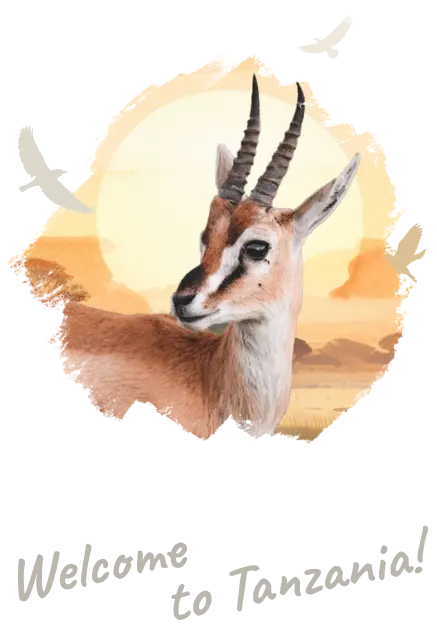









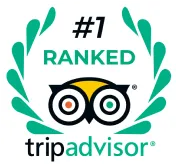
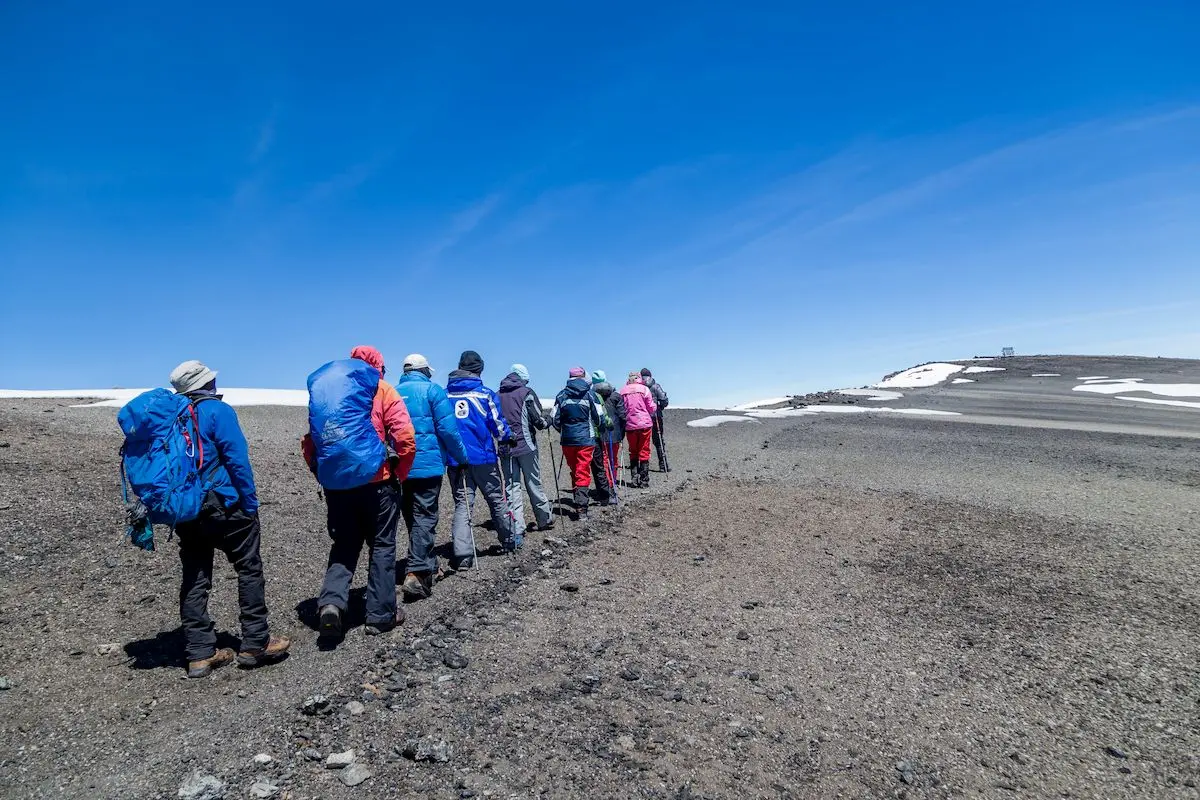
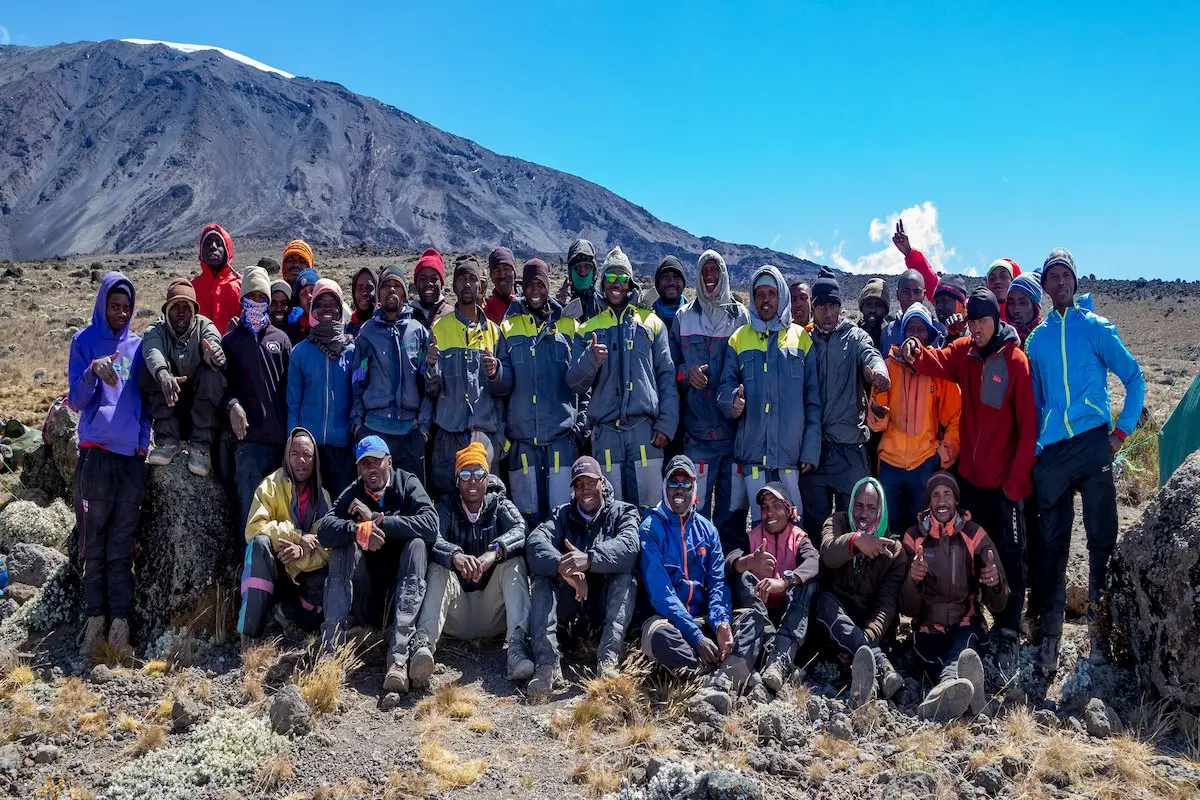
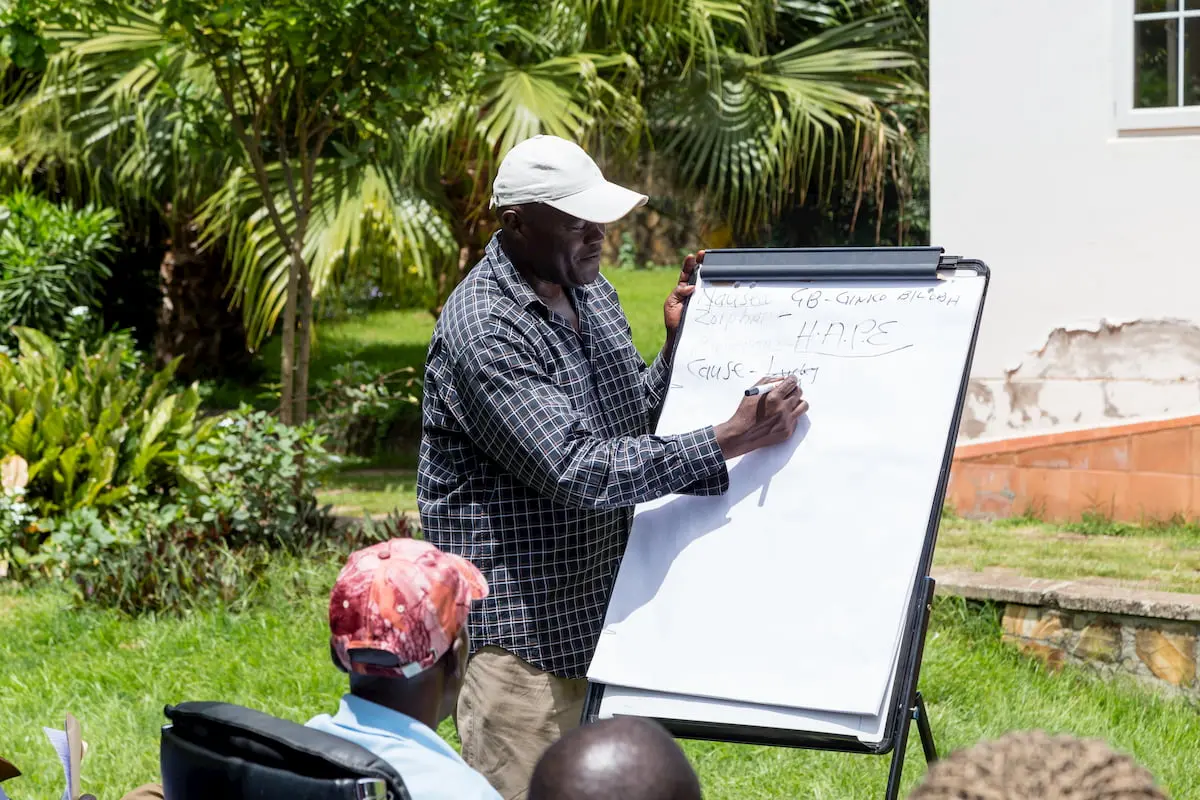
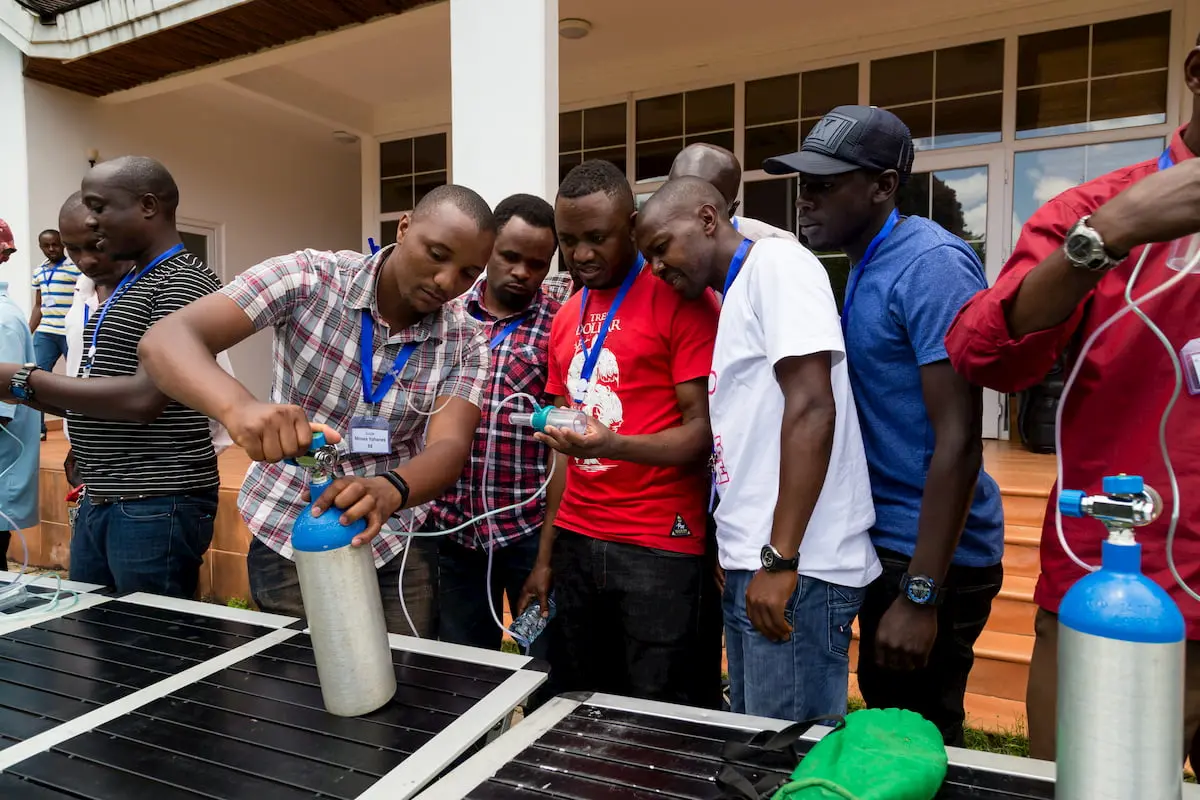

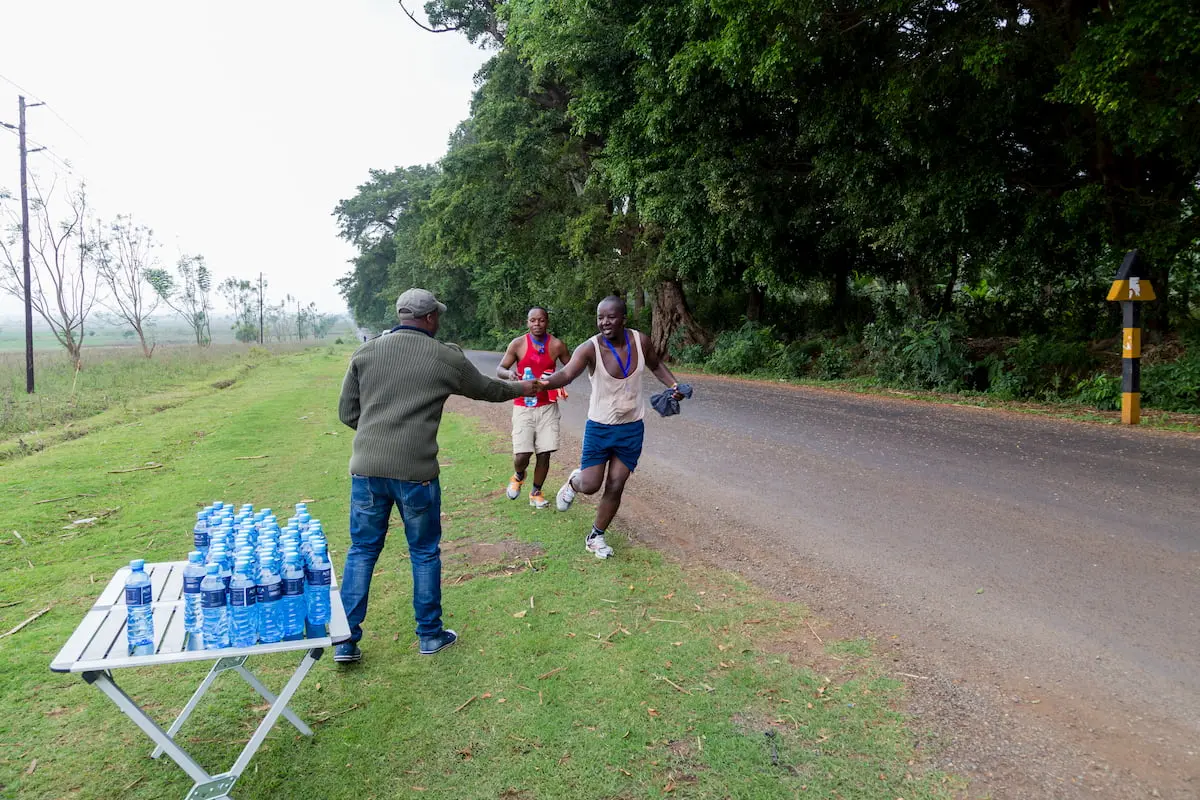
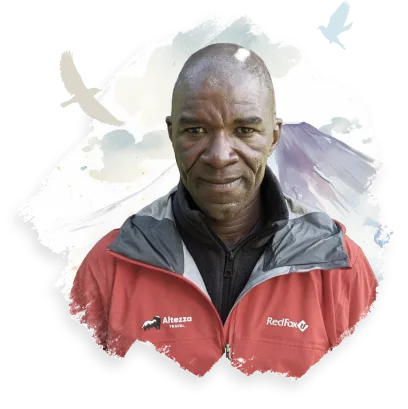
 10+ years of Experience
10+ years of Experience  Wilderness First Responder
Wilderness First Responder 